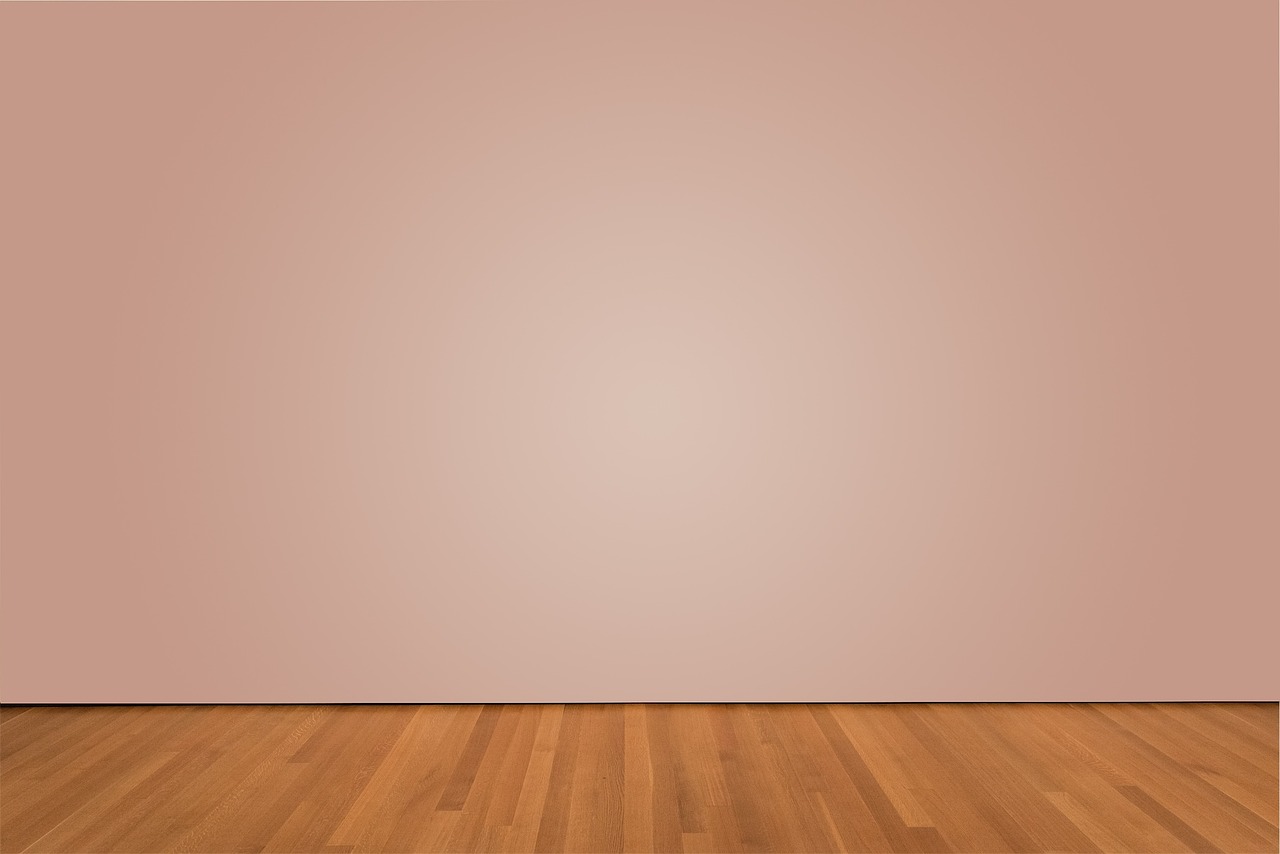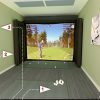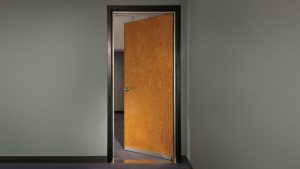Acoustic Flooring for your Recording Studio
The music industry has transformed a whole lot in recent years. With technology rapidly improving and dropping in price, we no longer need the backing of a major record label to access a solid studio. We can build quality studios on a modest budget and a bit of creativity. These days, we simply need the know-how to get high-end sound out of the space we’re working with.
There are all kinds of ways to treat a room to steer our acoustics in the direction we want, but the best way is to start from a solid foundation. Acoustic flooring options can make or break the sound in your final mix. Do you know whether or not yours is hurting or helping?
What makes a good recording studio floor
As a general rule of thumb, it’s best to have a dense, reflective floor in your studio and treat the walls and ceiling for sound absorption. The reason is that if too much of the sound is absorbed, you’re left with a dead-sounding room. There’s no reverberation.
In order to create a natural-sounding mix, the flooring should create a hard, smooth surface to reflect sound waves and complement the treatments on the walls and ceiling.
That said, you’ll be spending countless hours getting the mix right, so choosing a flooring material that is easier on your feet might be a great idea. This may sound like it is contradictory to the idea of hard, dense flooring, but with the right materials, you can achieve the best of both worlds.
Top Acoustic Flooring Materials for your Recording Studio
When choosing a suitable material, you’ll need to factor in both the space you’re working with and the desired outcome. Let’s take a look at some of the best flooring for music rooms.
Concrete
When you are looking for something dense and smooth, you can’t find many options better than concrete. While a concrete floor recording studio doesn’t necessarily promote a warm, homey feel, it does tick off the necessary boxes for quality acoustic flooring.
The density and smoothness are second to few traditional building materials. Also, if the room already has a concrete floor, you don’t need to do much to make it work for your studio.
If you want to add a pop of color, there are very cool concrete stains and epoxies that can deliver outstanding results. An epoxy floor in recording studios can add depth and color while preserving the acoustic properties that make concrete so desirable.
Throw a few rugs and mats down, and that cold concrete can feel as cozy as any of your other options.
Hardwood Flooring
If the room you are sonically transforming already has thick hardwood flooring, you’re in luck. Hardwood flooring not only looks great, but it is one of the more popular flooring choices in the recording studio world.
When compared to surfaces like concrete, hardwoods are similar but reflect sound more pleasingly and organically.
If the room doesn’t already have hardwoods, going this route will be one of your more expensive options. While they are durable and are cost-effective in the long run, the up-front costs may be prohibitive if you’re working on a tight budget.
Having hardwood floors installed can easily run you as much as $20 per square foot, so don’t let your eyes bite off more than your wallet can handle.
Laminate Flooring
If you like the look of hardwoods but need to keep your costs down, laminate flooring could be a good choice. It has some advantages and disadvantages compared to hardwoods, but the cost savings mean you can deal with the downsides without breaking the bank.
Plus sides of laminate flooring
On the plus side, laminate flooring is harder than hardwoods, meaning it isn’t as prone to damage when you start shifting heavy equipment around. It can also be installed over concrete, unlike hardwoods, so if you prefer the look of wood to your concrete floor, that look is achievable.
You can also pair it with an underlayment that will save your joints the wear and tear of working on unforgiving surfaces late into the night.
Downsides of laminate flooring
The main downside is that laminate flooring is generally thinner than hardwoods, meaning it takes a little tweaking to achieve the same acoustic properties as hardwoods.
A simple workaround is to drop a layer or two of ¾” plywood over your subfloor and apply Green Glue between the layers.
This gives you the look and sound isolation you’d expect from hardwoods, but at a fraction of the cost.
Vinyl Flooring
It can be surprising when one of the most economical options also delivers excellent performance, but it’s not unheard of. Take vinyl flooring, for instance. Vinyl is a fantastic acoustic flooring choice since it’s cheap, reflects sound waves beautifully, and is easy to clean and maintain.
Vinyl is an excellent material for sound and temperature insulation, making it a perfect choice of flooring for music studios. Not only does it provide superior insulation, but the sound reflecting properties of vinyl are very similar to those of hardwoods, meaning you’ll get a rich, natural tone out of it.
If you like the vinyl properties but still want the look of hardwoods, you’re in luck. No matter what kind of finish you want, you can likely find it when you work with vinyl.
This includes nearly every wood grain pattern you might be looking for. Keep in mind, though, that vinyl can fade with prolonged exposure to the elements.
Luckily, replacement is inexpensive and easy enough that you can update the look of the room down the road without spending a fortune.
Acoustic Flooring FAQs
The better we understand the science behind the problems we are trying to solve, the more creative we can be with our solutions.
What flooring is best for acoustics?
Since the term “acoustics” in this sense generally refers to how the qualities of a room and how sound is transmitted within it, the best flooring exists on a sliding scale. It all depends on what you are looking for.
To create a quiet room, your best options may be cork flooring or rubber flooring mats. They do a great job of absorbing sounds in the room. Their softness also deadens impact sounds, meaning you won’t hear as many footsteps or pin drops.
If you are recording music in the room, however, that sound absorption makes the mix feel dead. This means cork and rubber flooring for recording studios are not ideal. You need some reverberation to create a natural feel in the final product, so opt for more reflective materials. These include concrete, hardwoods, laminate, and vinyl flooring.
What is the quietest flooring?
One of the quietest flooring options on the market is cork. Cork is very soft, which makes it ideal for absorbing sounds. Installing a cork floor can turn any room into a beautiful, peaceful oasis. This is fantastic for many applications but not so much for recording studios.
The sound absorption can lead to a dead-sounding room, and the softness of the material means it will be easily damaged when you start hauling in your heavy equipment. That said, it can make for an excellent subfloor material for underneath your laminate or vinyl flooring.
Is Carpet good for a recording studio?
While carpet is an okay sound absorber, it isn’t a great option for a recording studio for several reasons. First off, the low density of carpet fibers tend to hold onto high and mid-range sounds while reflecting the sounds on the lower end of the scale.
This leads to a booming, bassy room that will cause issues when recording music. Second, recording studios tend to endure a lot of foot traffic.
Carpet looks nice but doesn’t hold up to wear and tear all that well. If a carpeted room is your only option, there are ways to make it work. If you have any other viable options, try to stay away from carpeting in your recording studio.
What is the best way to soundproof a wooden floor?
Much of the sound transmission in wooden floors comes from the fact that we have multiple layers of hard materials that are fastened to each other with hard materials. When sound waves hit one of the surfaces, they are easily transferred to the other layers.
If you want to soundproof your wooden floors, you need to add mass and deaden the transfer of sound. One of the very best things you can do is add an acoustic underlayment between the hardwood planks and the subfloor. An acoustic underlayment will be dense enough to absorb sound waves but springy enough to provide some level of increased comfort over harder materials.
What kind of flooring is best for a recording studio?
Now that you know a little more about the acoustic flooring options available to you, as well as their pros and cons, it’s time to decide what kind of flooring is going to work best for your needs. A good deal of your decision will come down to the space and budget you’re working with.

















Leave a reply
You must be logged in to post a comment.